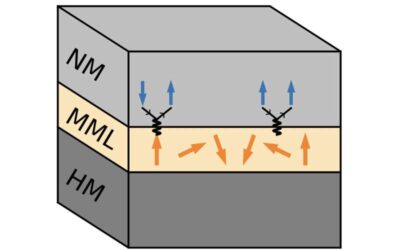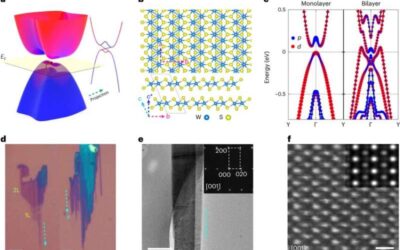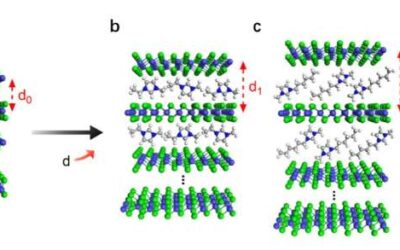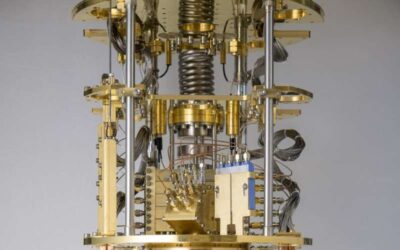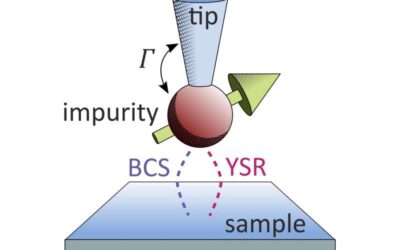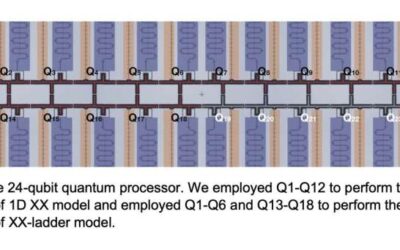Topological superconductors are superconducting materials with unique characteristics, including the appearance of so-called in-gap Majorana states. These bound states can serve as qubits, making topological superconductors particularly promising for the creation of...
Superperconductivity
Study unveils a large tunable drag response between a normal conductor and a superconductor
The Coloumb drag is a phenomenon that affects two electronic circuits, whereby a charge current in one circuit induces a responsive current in a neighboring circuit solely through so-called Coloumb interactions. These are electrostatic interactions between electric...
Study observes spin-orbit-parity coupled superconductivity in thin 2M-WS2
In recent years, many physicists and material scientists have been studying superconductors, materials that can conduct direct current electricity without energy loss when cooled under a particular temperature. These materials could have numerous valuable...
Study demonstrates tailored Ising superconductivity in intercalated bulk niobium diselenide
When 2D layered materials are made thinner (i.e., at the atomic scale), their properties can dramatically change, sometimes resulting in the emergence of entirely new features and in the loss of others. While new or emerging properties can be very advantageous for the...
Electrons with Planckian scattering in strange metals follow standard rules of orbital motion in a magnet
Strange metals, or non-Fermi liquids, are distinct states of matter that have been observed in different quantum materials, including cuprate superconductors. These states are characterized by unusual conductive properties, such as a resistivity that is linearly...
The coherent simulation of a quantum phase transition in a programmable 2,000 qubit Ising chain
Quantum computers have the potential to outperform classical computers on several complex tasks, yet many challenges will need to be overcome before they reach their full potential. In the meantime, physicists and computer scientists have been trying to realistically...
Researchers measure a signature of superconducting interference at the atomic scale
Superconductors, materials that can conduct electricity with no resistance at low temperatures, have many interesting and advantageous properties. In recent years, physicists and computer scientists have been investigating their potential for different applications,...
An alternative superconducting qubit achieves high performance for quantum computing
Quantum computers, devices that exploit quantum phenomena to perform computations, could eventually help tackle complex computational problems faster and more efficiently than classical computers. These devices are commonly based on basic units of information known as...
Study observes the coexistence of topological edge states and superconductivity in stanene films
Stanene is a topological insulator comprised of atoms typically arranged in a similar pattern to those inside graphene. Stanene films have been found to be promising for the realization of numerous intriguing physics phases, including the quantum spin Hall phase and...
Thermalization and information scrambling in a superconducting quantum processor
In recent years, physicists have carried out extensive studies focusing on quantum technology and quantum many-body systems. Two out-of-equilibrium dynamical processes that have attracted particular attention in this field are quantum thermalization and information...

